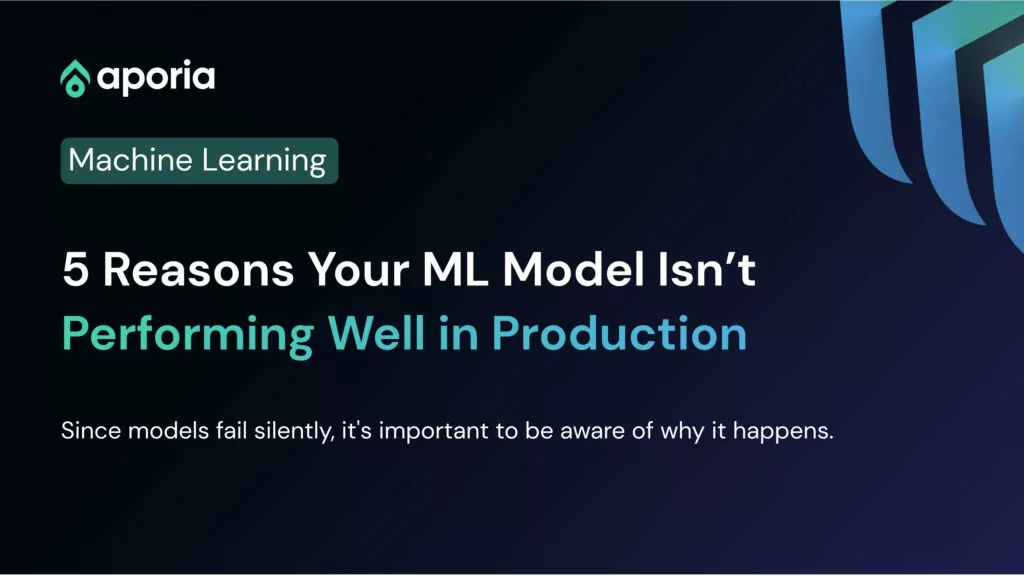
5 Reasons Your ML Model Isn’t Performing Well in Production
We’ve all been there. You’ve spent months working on your ML model: testing various feature combinations, different model architectures, and...
Aporia has been acquired by Coralogix, instantly bringing AI security and reliability to thousands of enterprises | Read the announcement
Model training is the process in the machine learning model development lifecycle where data scientists try to fit the best combinations of weights and biases to a machine-learning algorithm to minimize the loss function over the prediction range. Model training aims to construct the best mathematical representation of the relationship between features and a target label (in supervised learning) or just among features themselves (unsupervised learning).
A model’s training is an essential step in the machine learning process that culminates in a valid, tested, and deployed model. The performance of the model determines the quality of the applications that are built using that model. While training a model, the quality of the data and the accuracy of the algorithm are important. Generally, training data is divided into validating, testing, and training. Training algorithms are chosen according to the end-use case. In choosing the best algorithm, a number of factors must be considered: model complexity, interpretability, performance, compute requirements, etc. Model training encompasses all these aspects, making it an important component of the overall machine learning development cycle.